We had an unusual surprise one morning, right in front of Kigongo Bay Resort, a flock of greater flamingos, floating on the calm surface of the ocean. A quick rub of the eyes and yes, they were still there. Around 40 of these large bright pink birds were forming a raft in the bay.
Raptors over Kijongo Bay Beach Resort.
As you relax, at Kijongo Bay Beach Resort, whether lazing by the pool, on the beach or on your balcony look up to the skies and see if you can spot some of the raptors that we often see soaring overhead.
African Fish Eagle
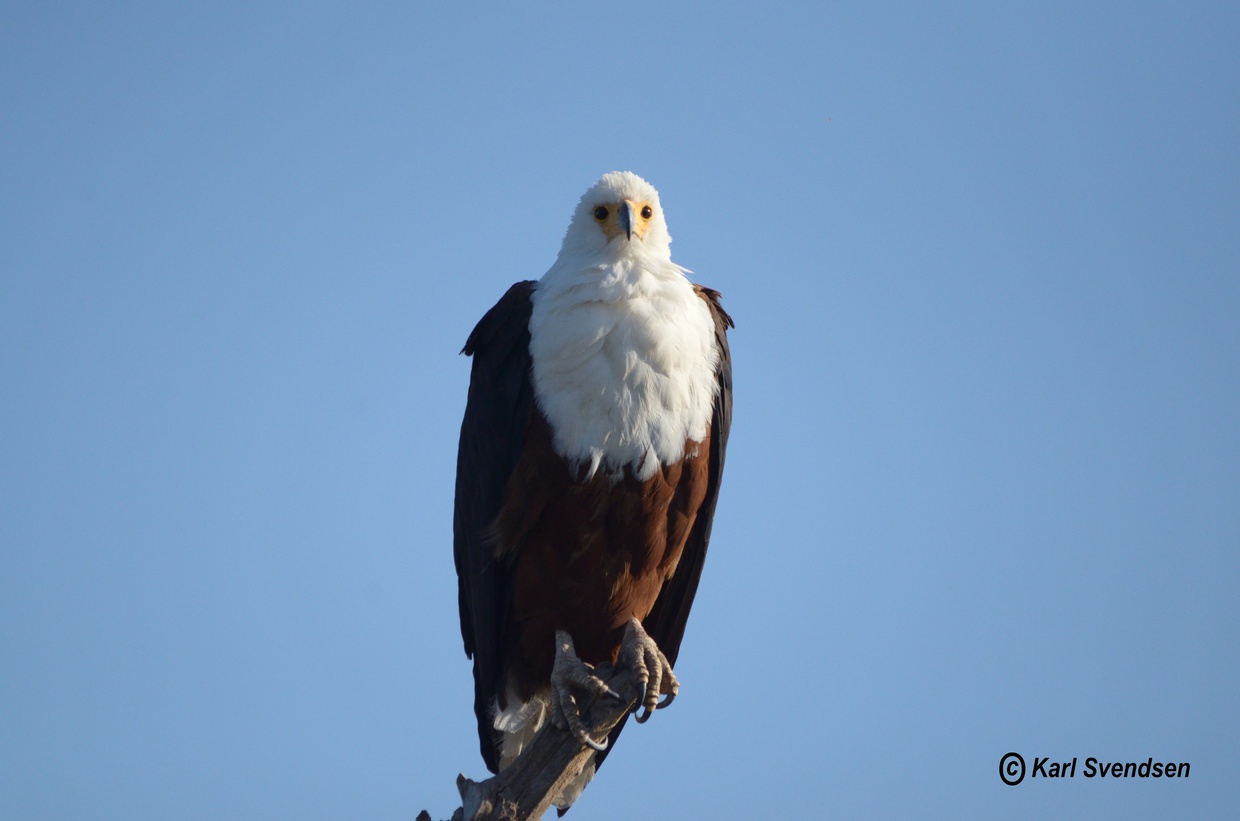
The African fish eagle with its head thrown back when calling, has one of the most distinctive bird calls in Africa. At Kijongo Bay, it is a call we hear most mornings at sunrise, echoing across the water, as a resident pair live in the mangroves close by.
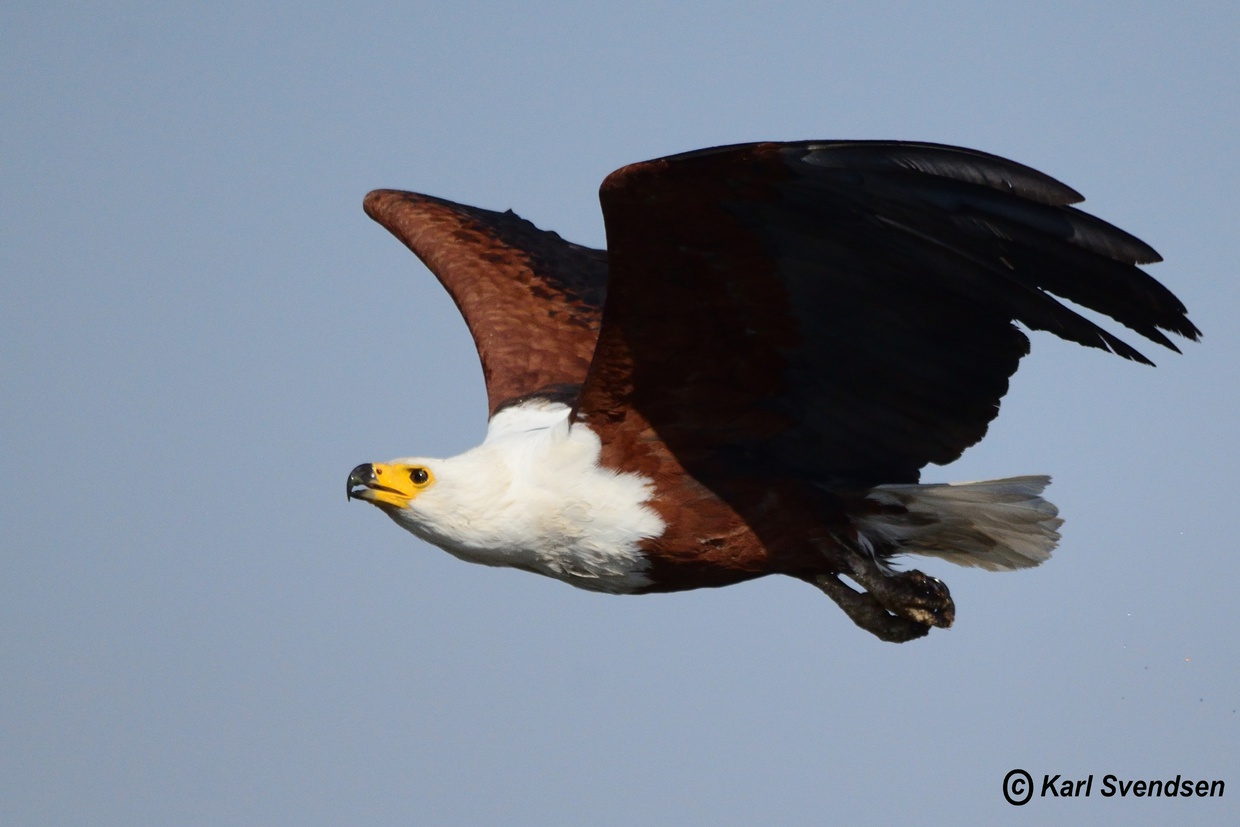
The adult African fish eagle is a large eagle with a distinctive white head and breast, and a chestnut and black body, that is often seen perching high up, alongside water. The fish eagle has a wingspan of between 2 and 2.5m, with the female being the large of the pair. The juvenile is a scruffy brown with a dark cap, with sub adults gradually gain a white head and underwings. Recent studies are suggesting that fish eagles mate for life. Fish eagles are very territorial when breeding and will chase off any intruders with a spectacular aerial flying display and vigorous calling.
Fish Eagles feed mainly on fish, which they swoop down to catch in the water, it is an opportunistic feeder and will also feed on water birds, baby crocodiles, frogs and are often seen feeding on carrion. They also practice a behaviour called kleptoparasitism, stealing other birds’ fish.
African Harrier Hawk
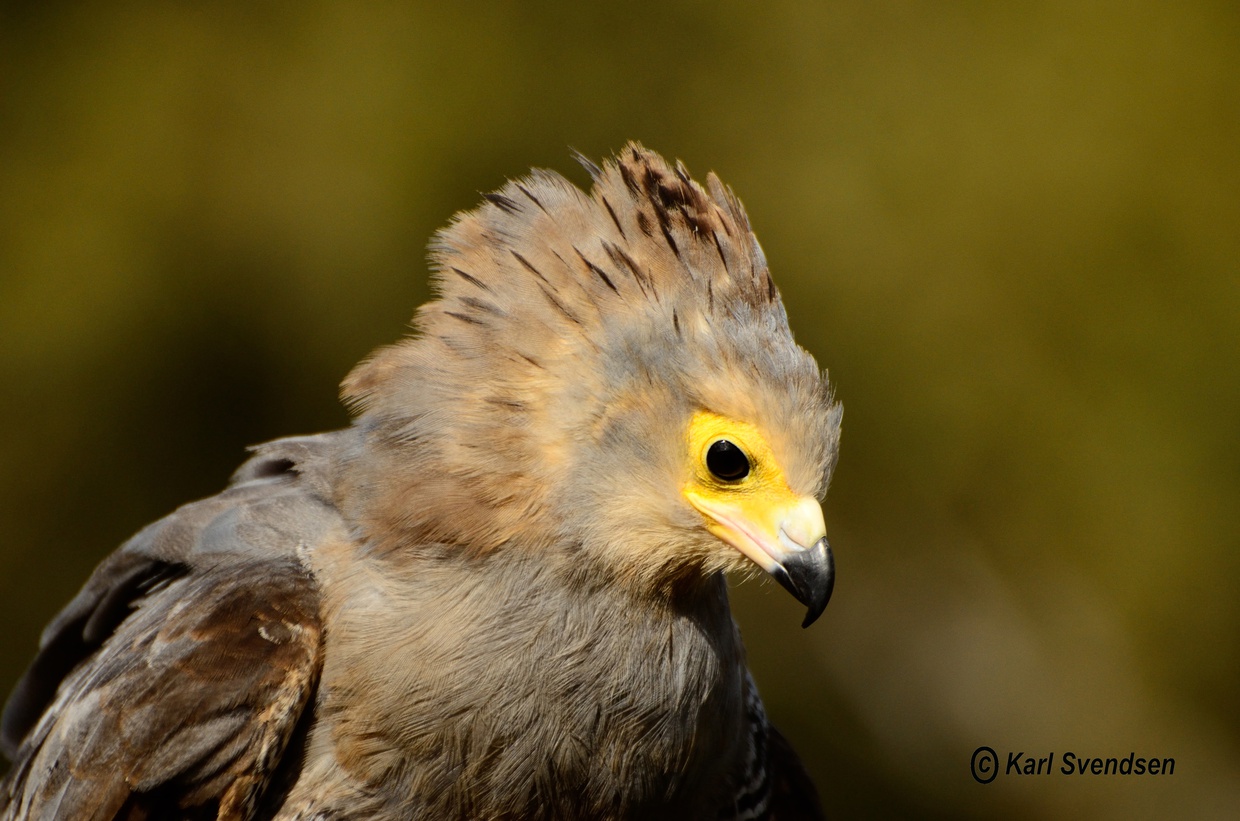
Often known by its old name of Gymnogene, the African Harrier hawk is a large, 65 cm in length, mostly grey, broad winged hawk, with a naked face. The broad wings have a black trailing edge, with a thin white line. In flight a single white band can be seen across the black tail. The bare face is yellow in colour but will change to red when the bird is excited or more often during breeding.
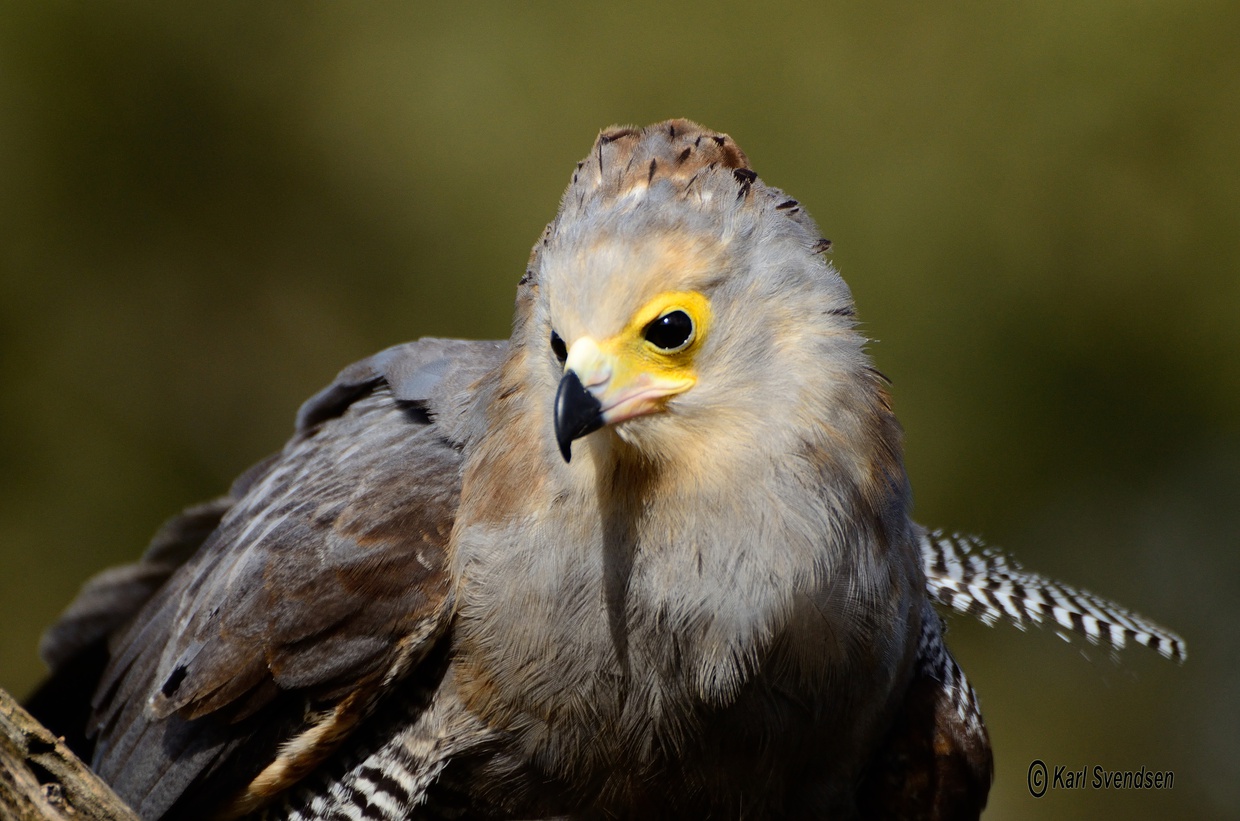
This Harrier hawk is omnivorous, feeding on smaller vertebrates and the fruit of some palm trees. It has a special hunting technique, using its feet and wings to climb up and down cliff faces and trees. It then it uses its double jointed knees and extra-long legs to access nest holes and other hiding places. It then extracts birds’ eggs or whatever is hiding, to feed on. At Kijongo Bay Resort, we have seen them raiding both the weaver nests and the palm swift nests.
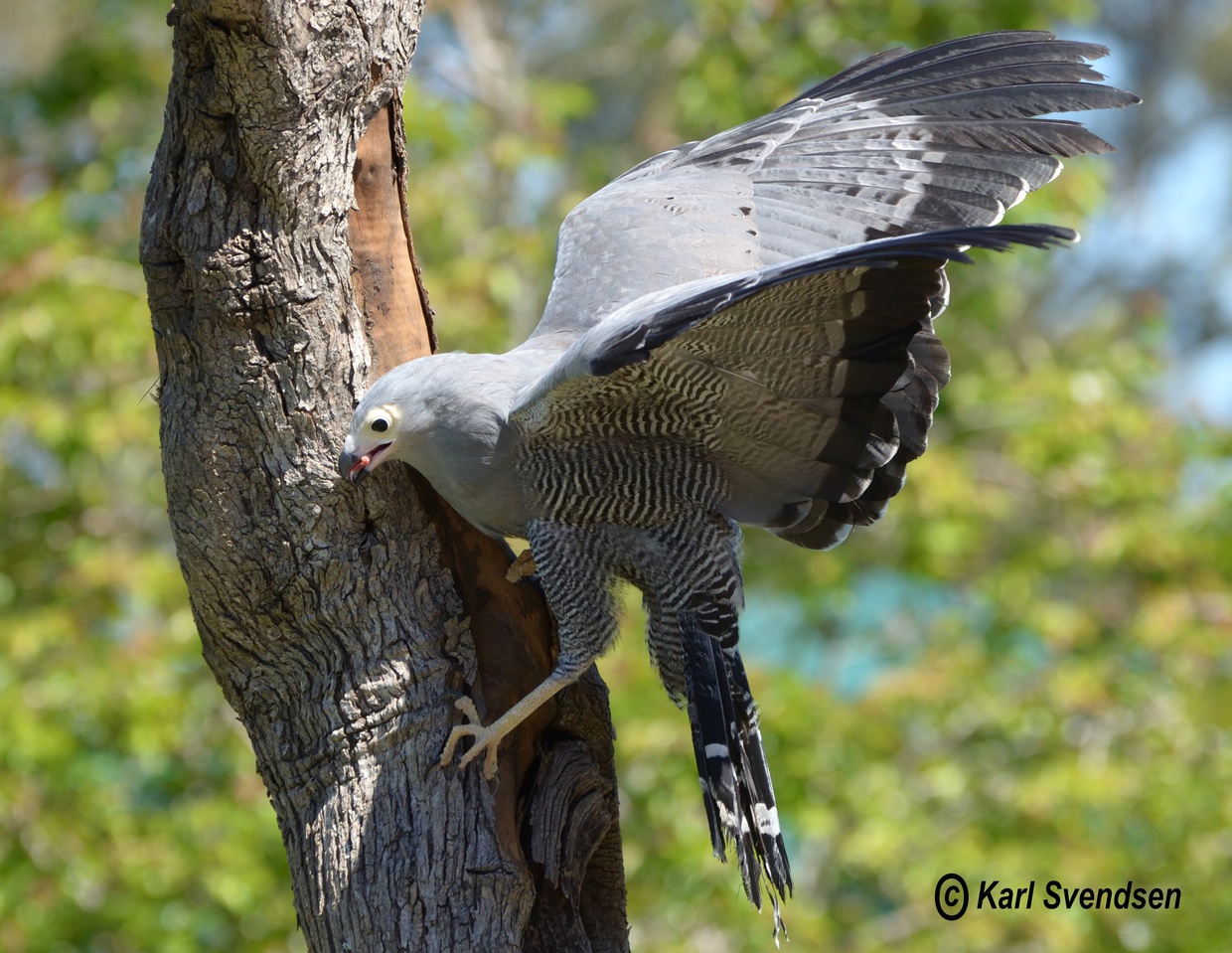
A breeding pair is often seen foraging around Kijongo Bay Beach Resort gardens, we know they are a breeding pair as they had 2 fledglings with them for a few visits. We suspect they are nesting in the mangroves.
Palm Nut Vulture
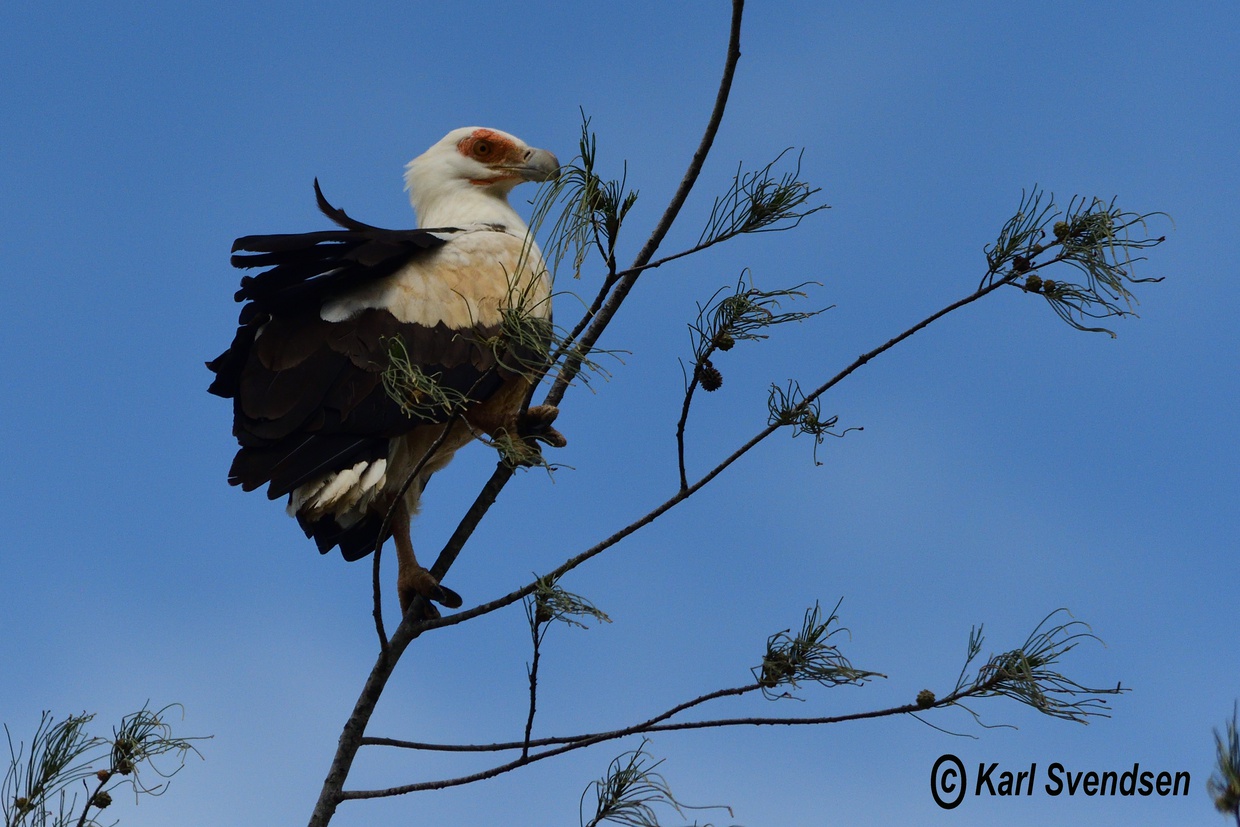
An abnormality to the birds of prey family, as this vulture is mostly vegetarian, (we can cater for almost all diets at Kijongo Bay Resort). Around 2/3 of the adult birds’ diet and almost all of a juveniles diet is made up of the fruit from both the oil palm and the raffia palm, they will also feed on crabs, fish and small mammals. It will feed on carrion, but this is not a common food source. Its distribution is also linked to these palm trees, making the coastal region the best place to spot a palm nut vulture.
These vultures are seen fishing on the tidal flats during low tide, they are spotted frequently when visiting Saadani National Park and sometimes roost in the coconut trees at Kijongo Bay.
The palm nut vulture can be misidentified as a fish eagle. The palm nut vulture has a similar white head and shoulder, but has more white extending down its wings. When in flight, the palm nut vulture shows a completely white body, with black trailing edge to the wings and a white trailing edge to the tail. Juveniles are a uniform brown, with a yellow eye patch. They are a scruffy, patchy brown and white as they move from juvenile to sub adult to adult.
Lizard Buzzard
A smaller raptor at around 36 cm in length. This stocky hunter is grey with a prominent pale throat, split with a black stripe running vertical (this mark distinguishers the lizard buzzard from all other buzzards). The black tail has a white bar running across it, splitting it in two. The lower chest and belly are finely barred dark grey and white. The legs and cere are red, with a dark eye.
The lizard buzzard is a perch hunter, hunting mostly lizards, geckoes, snakes and small vertebrates.
We will post a photo soon, this bird is seen hunting often and roosting in the main building eves, but is very shy and skittish.
Further Reading
Did you know that sunbirds are omnivorous? A sunbirds' diet is made up primarily of nectar, around 95%. They will, however, sometimes eat fruit and arthropods (insects and spiders). Sunbirds need to feed almost continually during the day to meet their high metabolic needs..
When visiting Kijongo Bay Beach Resort, one of the things our guests often comment on, is our incredible dawn chorus. Having well established gardens, with most of our bushes and trees being indigenous, we attract a lot of birds to Kijongo. This dawn chorus can range between subtle to loud, starting just before sunrise, to around a half hour after the sun rises. Bird song is a thing of beauty from the...







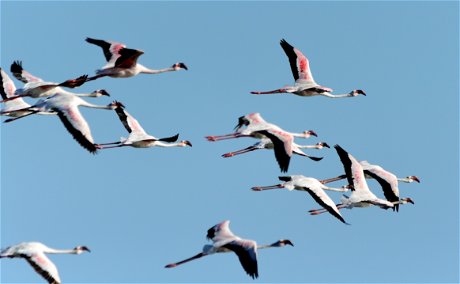
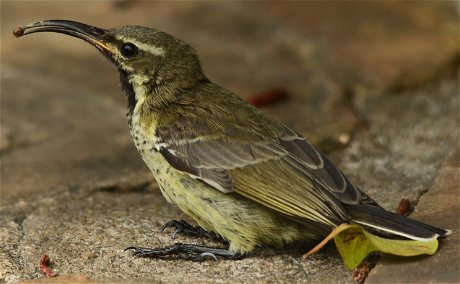
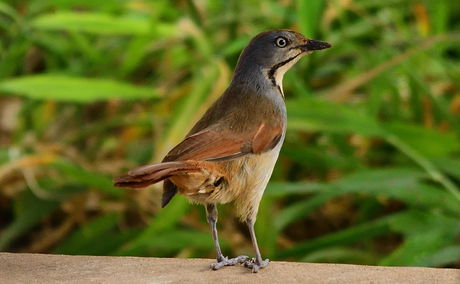
Share This Post